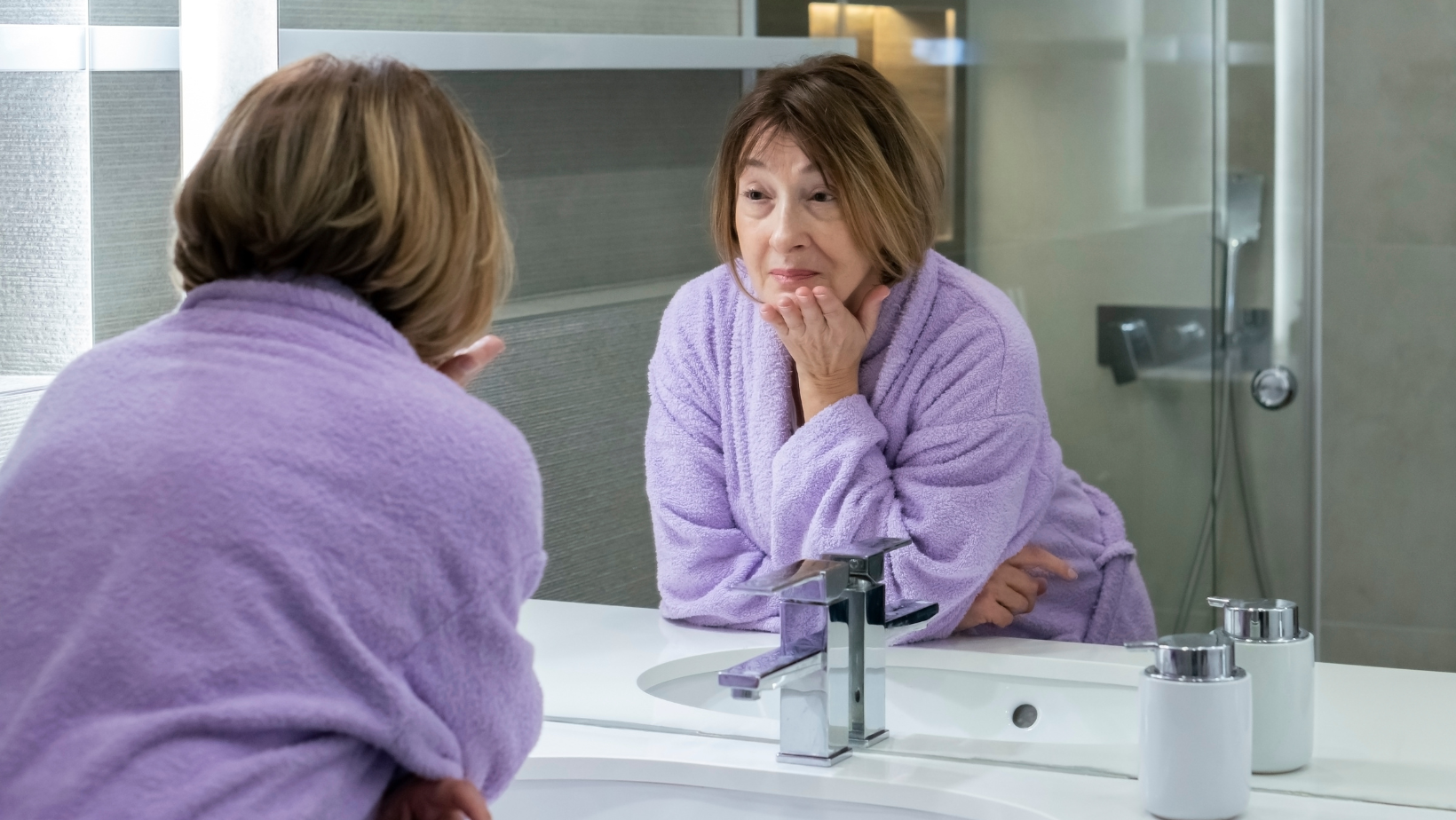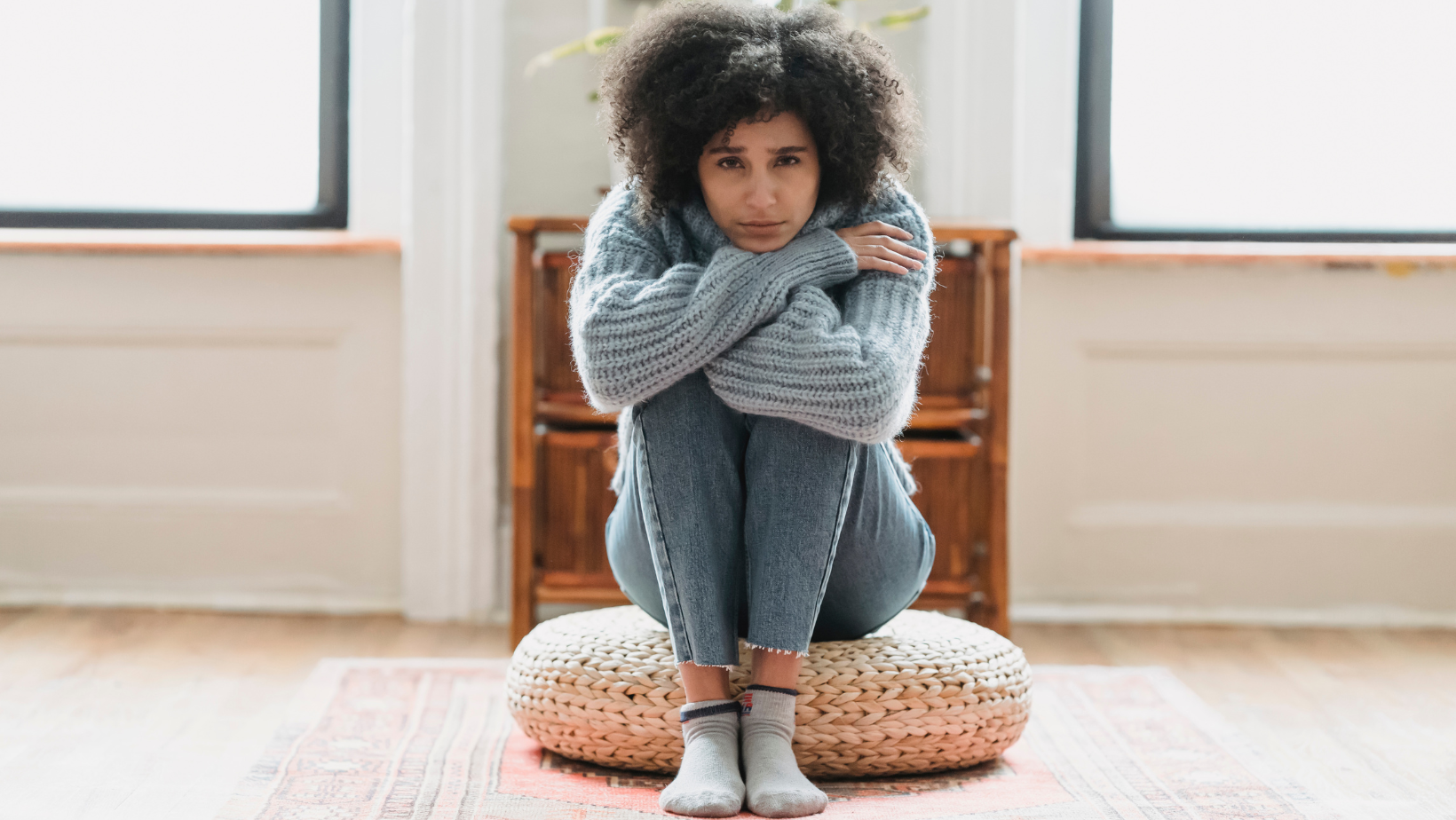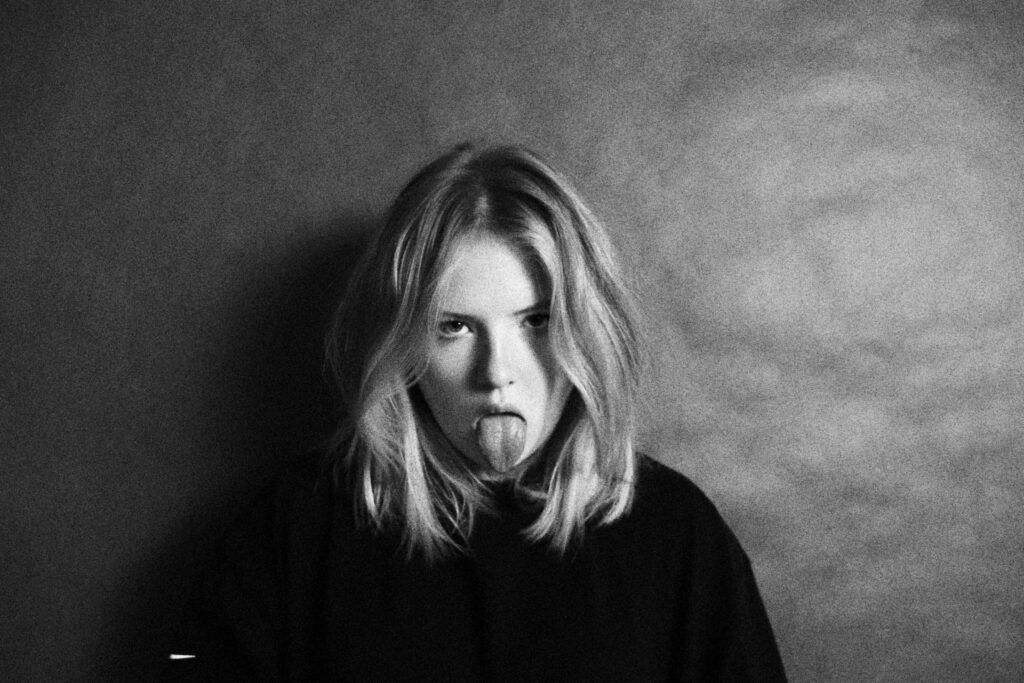That “Oh No, That’s Me?” Moment: When Photos Trigger Body Shame
Why does seeing a photo of yourself, especially in a group, make you want to shrink your body, even though you know better?
Most of us know that familiar jolt: the scroll, the tag, the sudden oh no, that’s me? Ick! That moment that makes you want to retreat from the internet, or at least untag yourself and hide under a blanket.
If you’ve ever felt that flash of body shame from a photo, even after years of therapy, reflection, and recovery, please know this: it’s not evidence that you’ve failed. It’s evidence that you’re human.
t
The moment when your eyes instantly zero in on your stomach, arms, or that one angle, holds a quiet contradiction familiar to so many of us in healing:
You can believe in body liberation and still feel body shame.
You can be deeply committed to acceptance and still get pulled into comparison.
And, you can know your worth isn’t defined by your weight and still wish you’d worn a different shirt.
Let’s talk about why this happens, what it’s really about, and how to respond with gentleness instead of self-blame.
Why Seeing Yourself in Photos Can Feel Like a Trap
A photo can feel like someone hit “pause” on your body. And sometimes that frozen image doesn’t match the sense of yourself you carry inside.

Especially when the image is unexpected (say, someone tags you mid-laugh at a party), it can yank you back into old patterns of body-checking and self-critique. That’s not vanity; that’s conditioning.
For decades, many of us have been taught that being seen means being evaluated. The camera becomes a kind of mirror you never asked for. One that invites the harshest possible commentary from your inner critic.
It’s not the photo itself that hurts. It’s the story you’ve been taught to tell about what that image means.
The Neuroscience of Body Comparison

Let’s get this out of the way: social comparison isn’t a character flaw. It’s a feature of being human.
Our brains are wired to compare as a way of learning, adapting, and belonging. But when those comparisons are filtered through cultural hierarchies such as thinness, youth, whiteness, “wellness”, or aesthetics, the wiring gets hijacked.
So when you glance at a group photo and instantly locate where you “rank,” that’s not regression. It’s your brain trying to find safety and belonging in a world that still treats bodies as social currency.
It is our brains equating appearance with belonging.
The problem isn’t you. It’s the hierarchy. It is
Real-Life Example: Emma and the Group Photo Spiral

Emma is 32, warm and funny, and works in healthcare. She’s done years of work around body acceptance and even leads groups for teens about body neutrality.
But recently, a colleague posted a staff photo online. Emma clicked on it, expecting to feel fine. Instead she felt her stomach drop. I look huge next to everyone else, she thought. I thought I was past this.
Her first instinct was to delete the photo from her feed, then mentally delete her lunch. Old habits, disguised as “solutions.”
But Emma paused. She took a breath, opened the Notes app, and wrote what she’d tell one of her students: This is a hard body moment. It doesn’t erase your worth. You are not your photo.
That single act of noticing the spiral, naming it, and responding with compassion shifted the experience. The photo was still there, but the shame didn’t get to take over.
Emma’s experience captures how even years of body image work don’t make you immune to those “bad photo” moments. What changed for her wasn’t the photo—it was her response.
Emma’s not “back at square one.” She’s just meeting an old feeling with new tools.
Body Grief and the “I Thought I Was Past This” Spiral

That “I thought I was over this” moment? It’s usually grief wearing a disguise.
Grief for the years lost to body fixation.
Grief for how much energy this still takes.
Grief for realizing that healing doesn’t mean immunity. It means learning to stay kind through the relapse moments.
You’re not doing it wrong. You’re just humaning through another layer of something deep and culturally reinforced.
What to Do When You Hate a Photo of Yourself

You don’t have to love every photo. That’s not the assignment.
The goal is to create a small, sacred pause between the photo and your worth.
The goal is to pause before the spiral and choose compassion over correction.
Steps like naming the reaction, anchoring in your values, and remembering the whole story can soften the edge.
Try this:
-
Step away before the spiral. Give your nervous system a breather. No one ever healed their body image in the comment section.
-
Name what’s happening. “I’m having a body-shame reaction.” Notice it, don’t merge with it.
-
Anchor in your values. What matters more here? The angle or the memory? The way you looked, or the way you lived that moment?
-
Practice neutrality. “That’s a body in a photo. My body. Existing.” You don’t have to love it. Just let it be real.
-
Remember the whole story. You are not the still frame. You are the movement, the laughter, the connection behind it.
A Gentle Reflection: Rewriting the Story Behind the Photo

Take a moment to consider:
-
What story do I tell myself when I see a photo I dislike?
-
Whose voice does that sound like? Mine, or someone I learned it from?
-
What might I say to a friend who felt the way I do right now?
If you want to go deeper, try this small practice:
Find a photo of yourself that feels “hard to look at.” Instead of analyzing it, place your hand on your heart and whisper, This body has carried me through so much. Thank you.
You don’t have to mean it fully yet. The act of saying it begins to soften the edge.
Invite yourself into a different kind of conversation with your image.
What if the photo isn’t proof of failure but an invitation to practice gentleness again?
A Soft Landing: Learning to See Yourself with Compassion

If you’ve been tagged in a photo that made your stomach drop — or you’ve been here a hundred times before — remember this:
This is a moment for compassion, not correction.
Seeing yourself and staying kind is a radical act in a world that profits from your self-critique.
You don’t need to shrink your body to fit the photo. The photo just needs your forgiveness.
You can know better and still feel tender. That’s what real healing looks like. Imperfect, cyclical, and deeply, beautifully human.


